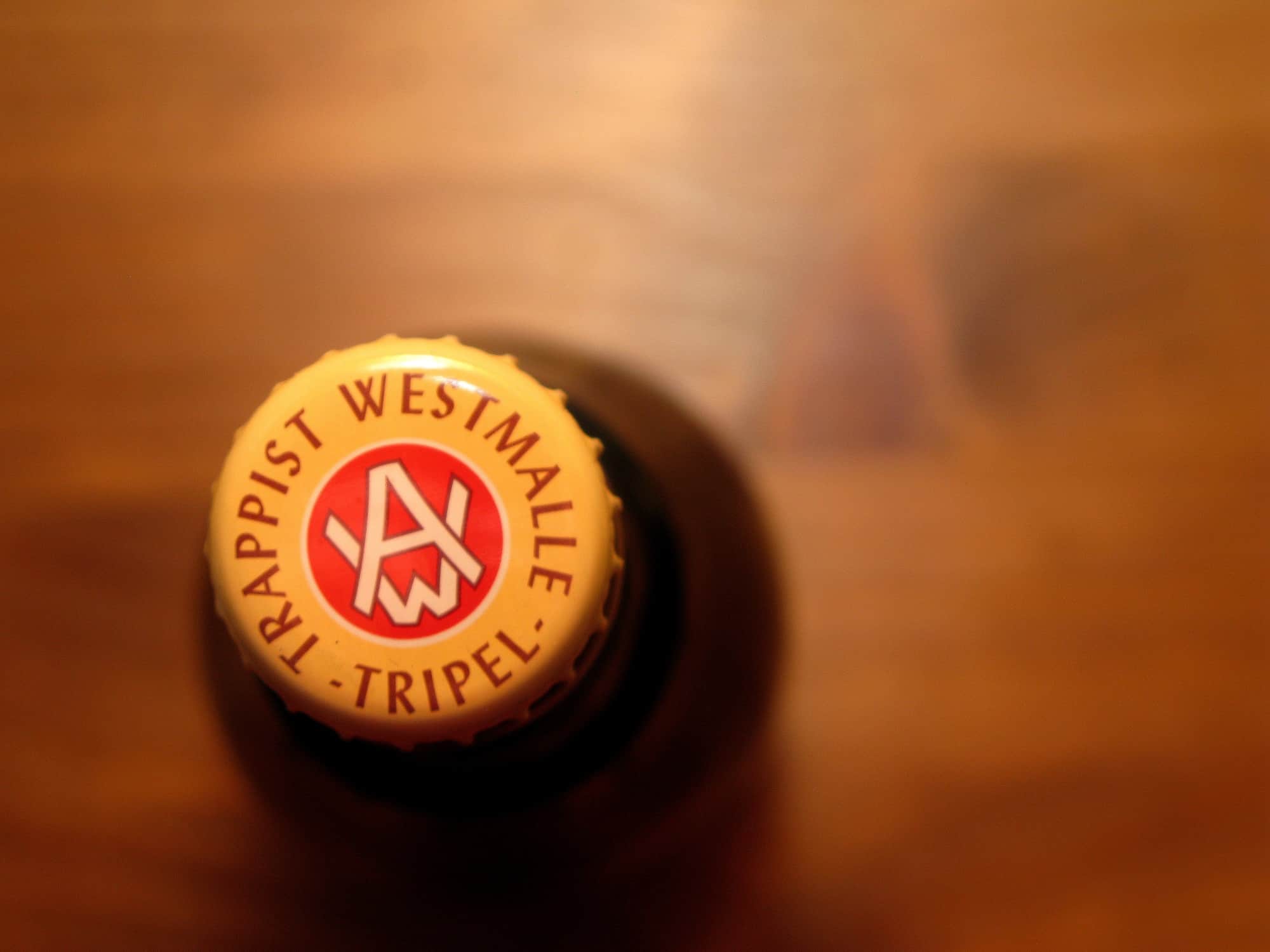
By Graham Templeton
There are many in North America who would wilfully claim to take beer to the level of a religion, but their faith is almost always based in the imbibing side of the beer transaction. When it comes to brewing, even the most dedicated of micro-breweries cannot claim to define their entire way of life in reference to beer. The older and more traditional cultures of Europe, however, have spawned a small but world-famous order of Catholic monks known as Trappists – and to a Trappist, there is nothing more sacred than beer.
The Trappist religion emphasizes the importance, both practical and religious, of a self-sustaining monastery funded by the sale of goods made with the monks’ own hands. The product has been cheese, or bread, or even carpentry products, but by far their most storied creation is their beer. Called the world’s best beer by enthusiasts and the press alike, Trappist beers are good are enough to command premium prices, long wait lists, and a small but dedicated tourism business. For some true beer fanatics, nothing but a pilgrimage to the world’s premiere beer destination will satisfy.
Trappist beer is hundreds of years old, originating in La Trappe, France in the Middle Ages. Though it was once a common form of income for monastic orders, today a mere eight monasteries still brew their signature beers to support themselves - six in Belgium, one in Austria and one in the Netherlands. Though hundreds of breweries around the world claim to brew Trappist-style beer, only these eight may sell products dubbed as “Authentic Trappist Product.” As a result, the beer itself is highly sought-after, requiring reservations and pre-orders often up to a year in advance.
Why is the beer so revered? The answer is of course subjective, but beer experts consistently praise the monastic beverages for their strong, fruity flavours and aromas. The deep flavours of dark fruits like raisins and plums are a signature of Trappist brewing, as is a thick, high-carb consistency and the use of bread-like yeast species. All Trappist beers feature live yeast and are naturally carbonated in the bottle – meaning that they are among the few beers to improve with age. The usual downside of unfiltered, bottle-carbonated beers is the presence of sediment, but Trappist beers, made with ancient brewing techniques, are known for their clarity and easy pouring.
There is more to knowing the Trappist way of life than simply ordering and consuming their wares. The breweries themselves are also a must-see for beer aficionados, and despite their cloistered locations are generally quite welcoming of visitors. All 6 Belgian breweries feature an attached pub, and most offer tours, while local companies like Belgian Beer Me! offer week-long tours of every Trappist brewery in the country. Westvleteren monastery, brewer of RateBeer.com’s “Best Beer in the World”, Westvleteren 12, even maintains a visitor’s centre. Some portions of the monasteries are generally off-limits to those outside the order, but the grounds and brewing practices are the focus of most public scrutiny, anyway.
One can appreciate their medieval beauty and air of solemn dedication without necessarily being a rabid enough beer expert to fully appreciate their brews. Getting to see the fascinating Trappist lifestyle is more than enough for most.


